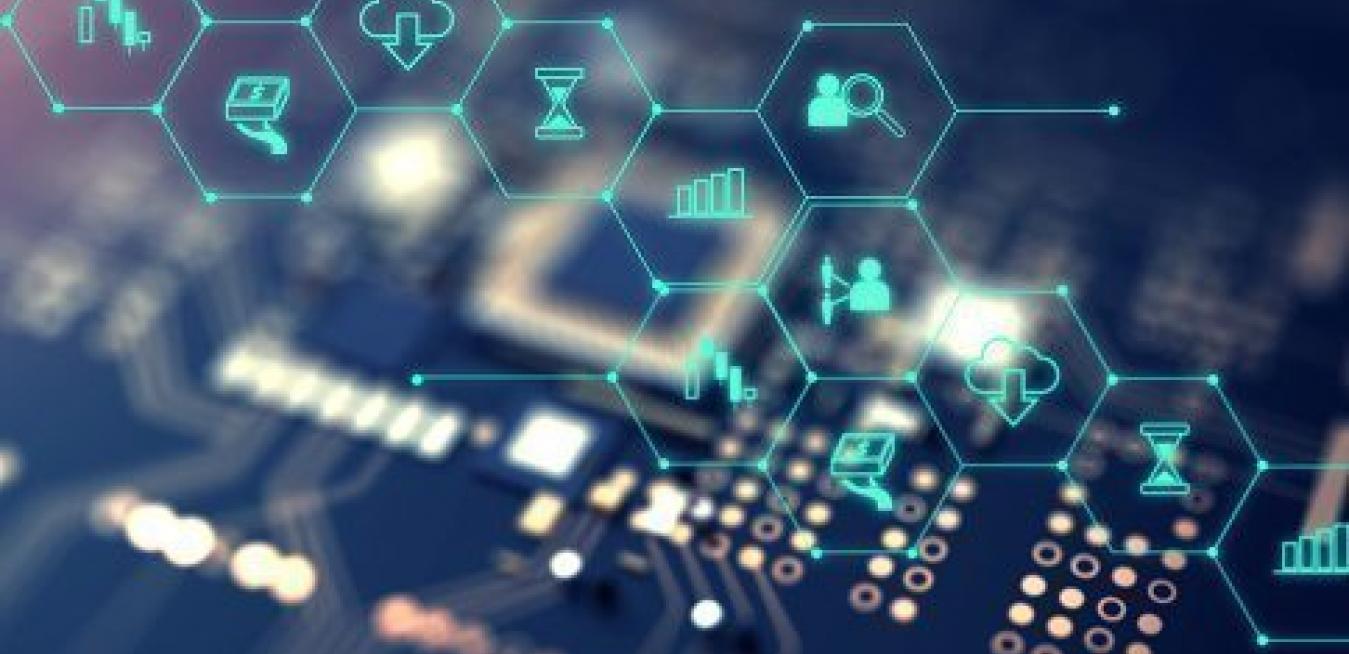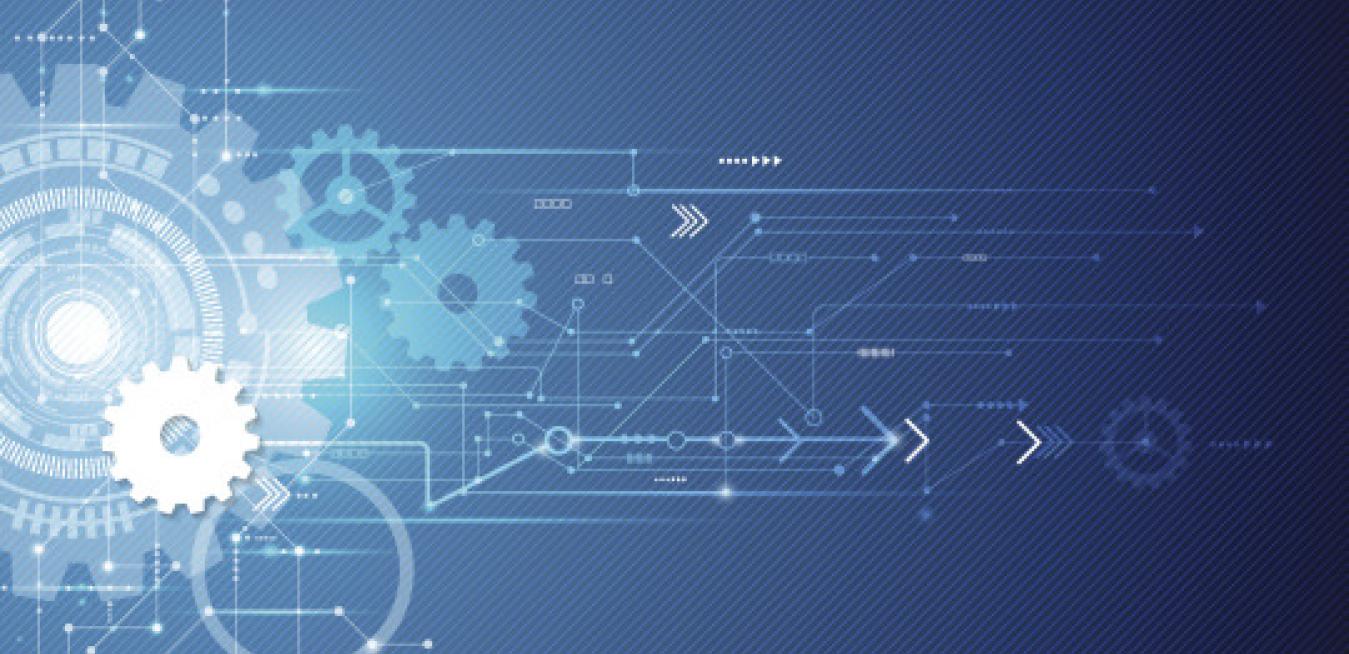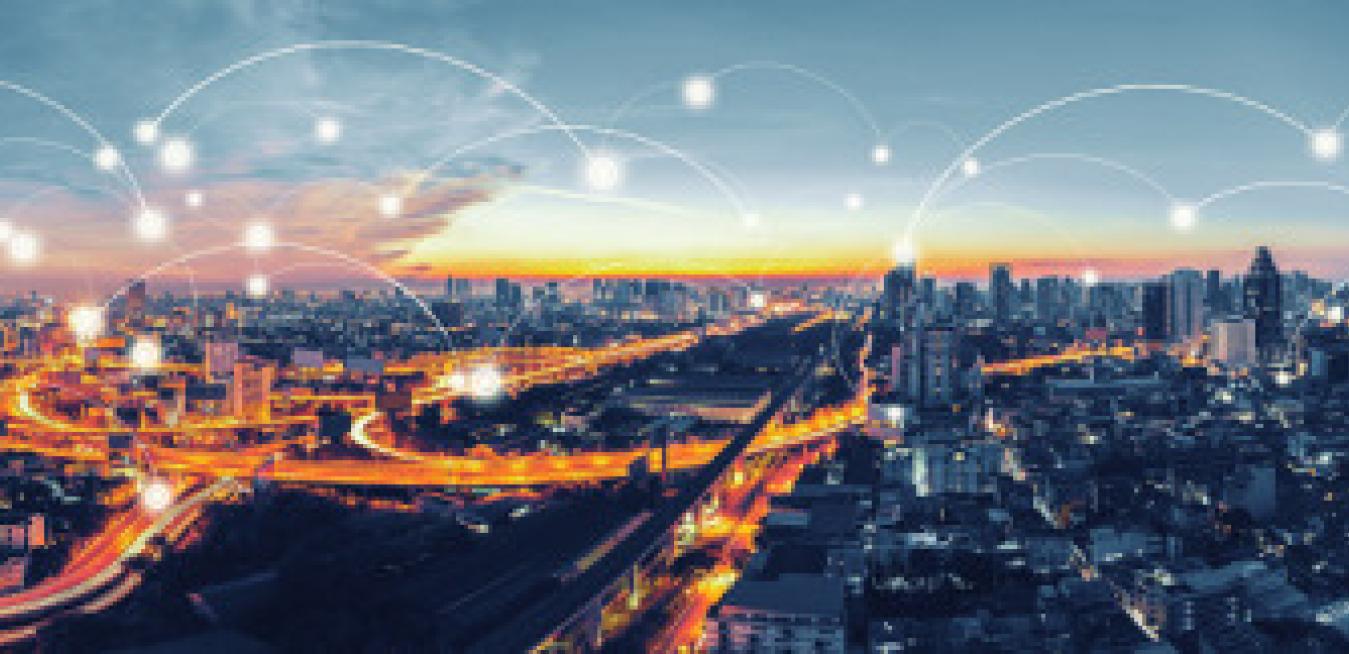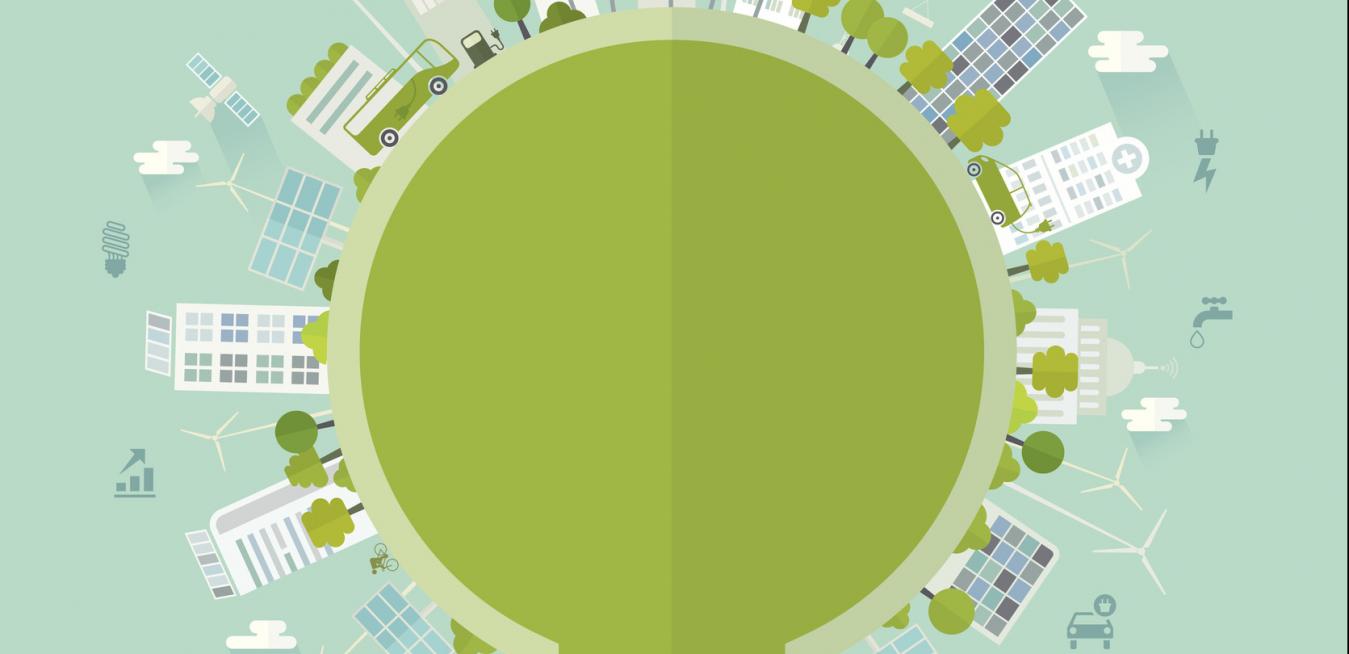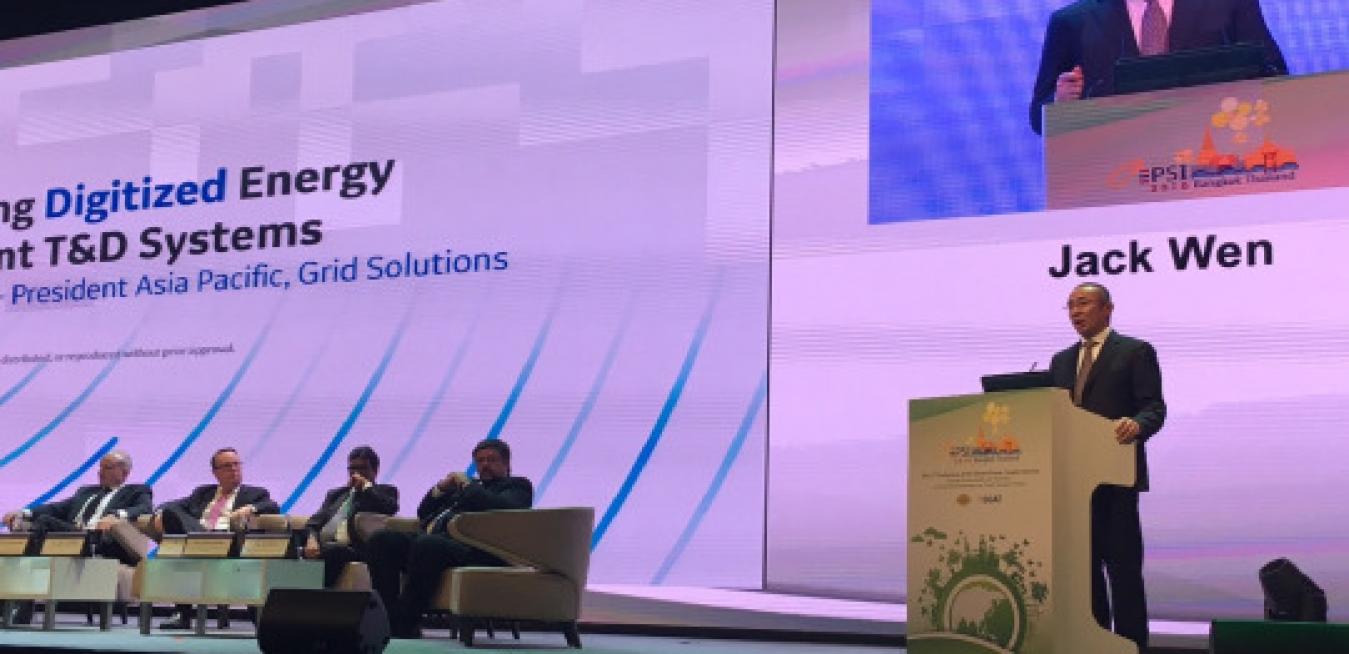Scale up this scenario a thousand times and the losses from unplanned downtime would definitely be huge. Fortunately, with the industrial Internet and Internet of Things (IoT), we can pre-empt breakdowns and even seek options to improve efficiency by harnessing data and converting them to insights.
The sky's the limit with the Internet of Things, if you have the right network. Sooner than you think, 5G networks will offer data speeds 10 to 100 times faster than current 4G networks. This will unlock coveted features such as voice commands, facial recognition and more.
Consider this: A driverless car that transports you safely to work while you apply makeup in the backseat, or a refrigerator that knows you’re out of milk and instantly orders a fresh gallon. Sounds good, right?
Today, GE announced its latest LED table lamp featuring Amazon Alexa. It’s only the beginning for the smart home of the future, according to Charlie Kindel, director of Amazon Alexa Smart Home.
1. Where is the future of the “smart” home heading?
The shift to using more efficient lights inspired GE and Intel to create smart LEDs that can see, hear and sense their surroundings, creating data that can improve efficiency and empower smart city services.
Since American inventor Thomas Edison patented the first commercially successful bulb in 1879, the population of light fixtures has exploded. Today, an estimated 2.5 billion light bulbs are sold each year.
“For many people, the power industry appears stable on the surface. However, a lot of changes have happened in the past five years - new technologies, especially digital technology, have come on stream; more renewable energy is coming online; and customers are also demanding empowerment. This will impact all players in the industry.”






